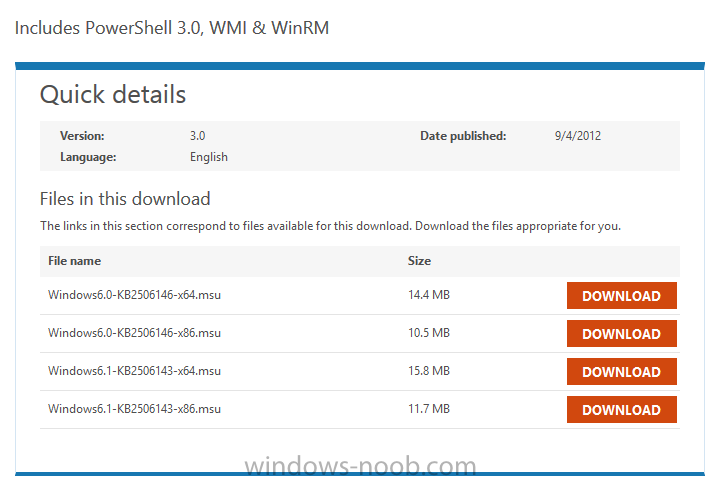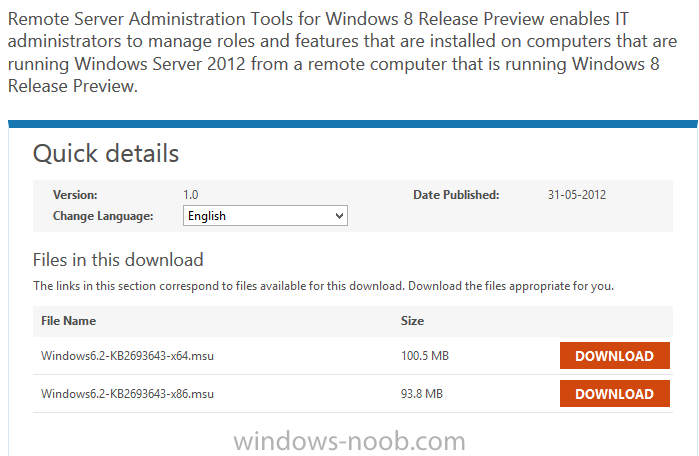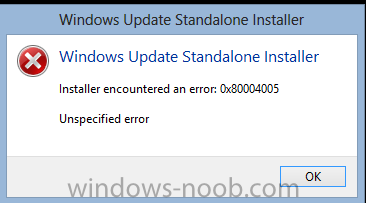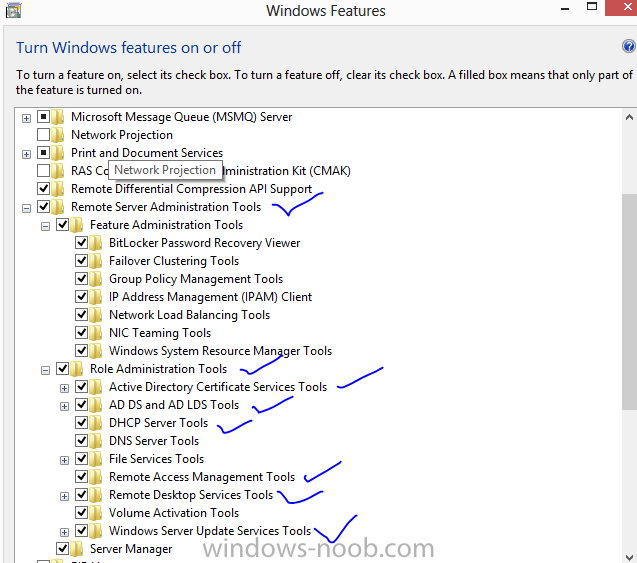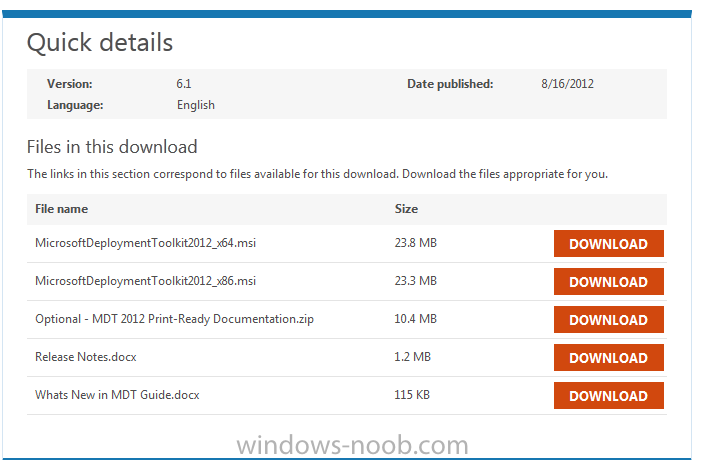-
Posts
117 -
Joined
-
Last visited
-
Days Won
1
Everything posted by Prajwal Desai
-

SCCM 2012 with MSSQL 2008 R2 problem
Prajwal Desai replied to vachtang's topic in Configuration Manager 2012
The above error comes up if a proper service pack or cumulative update is not installed along with SQL server. My Suggestion would be, use SQL server 2008 std edition + sql 2008 service pack2 + Cumulative update 7. SQL Supported config : http://technet.microsoft.com/en-us/library/gg682077.aspx -
Congrats !!! You deserve it Niall. Your hard work and contribution is appreciated.
-
Are you already certified as an MCSA on Windows Server 2008 and looking to upgrade your certs to Windows Server 2012? This week, we've released a new Jumpstart online training course that specifically targets the certification objectives in Exam 70-417, Upgrading Your Skills to MCSA on Windows Server 2012. This course will be broadcast live online as a 2-day accelerated version of the normal 5-day instructor-led course for experienced IT Pros. Here's the course details ... Course: Prepare for Exam 70-417 - Upgrading Skills to Windows Server 2012 Jumpstart Date(s): Oct 23rd and 24th, Noon - 7PM Eastern Time Registration: Register here http://msl-events.cloudapp.net/EventRegistration.aspx?eid=b928d1bf-cb42-410e-9eff-5c1d4fc62eef at Microsoft Certified Community Connection portal Agenda: Day 1: Module 1: Installing and Configuring Servers Based on Windows Server 2012 Module 2: Monitoring and Maintaining Windows Server 2012 Module 3: Managing Windows Server 2012 by Using Windows PowerShell 3.0 BREAK Module 4: Managing Storage for Windows Server 2012 Module 5: Implementing Network Services Module 6: Implementing Direct Access Day 2: Module 7: Implementing Failover Clustering Module 8: Implementing Hyper-V Module 9: Implementing Failover Clustering with Hyper-V BREAK Module 10: Implementing Dynamic Access Control Module 11: Implementing Active Directory Domain Services Module 12: Implementing Active Directory Federation Services -via Technet Blog http://blogs.technet.com/b/keithmayer/archive/2012/10/02/windows-server-2012-quot-early-experts-quot-challenge-exam-70-417-free-mcsa-upgrade-training.aspx#.UGua51Fkw4I
-
Windows PowerShell 3.0 is now available for download for Windows 7, Windows Server 2008 R2 and for Windows Server 2008. Windows PowerShell 3.0 comes in the Management Framework 3.0. You will need to download the appropriate package for your target operating system. Windows 7 and Windows Server 2008 R2 must be at service pack 1, while Windows Server 2008 requires service pack 2. Some of the new features in Windows PowerShell 3.0 include: Workflow - Windows PowerShell Workflow lets IT Pros and developers apply the benefits of workflows to the automation capabilities of Windows PowerShell. Workflows allow administrators to run long-running tasks (which can be made repeatable, frequent, parallelizable, interruptible, or restart-able) that can affect multiple managed computers or devices at the same time. Disconnected Sessions - PowerShell sessions can be disconnected from the remote computer and reconnected later from the same computer or a different computer without losing state or causing running commands to fail. Robust Session Connectivity - Remote sessions are resilient to network failures and will attempt to reconnect for several minutes. If connectivity cannot be reestablished, the session will automatically disconnect itself so that it can be reconnected when network connectivity is restored. Scheduled Jobs - Scheduled jobs that run regularly or in response to an event. Delegated Administration - Commands that can be executed with a delegated set of credentials so users with limited permissions can run critical jobs Simplified Language Syntax - Simplified language syntax that make commands and scripts look a lot less like code and a lot more like natural language. Cmdlet Discovery - Improved cmdlet discovery and automatic module loading that make it easier to find and run any of the cmdlets installed on your computer. Show-Command - Show-Command, a cmdlet and ISE Add-On that helps users find the right cmdlet, view its parameters in a dialog box, and run it. The Powershell 3.0 can be downloaded here : http://www.microsoft...s.aspx?id=34595 Supported operating systems: Windows 7 Service Pack 1, Windows Server 2008 R2 SP1, Windows Server 2008 Service Pack 2 Windows Management Framework 3.0 requires Microsoft .NET Framework 4.0. You can install Microsoft .NET Framework 4.0 at: http://www.microsoft...s.aspx?id=17851 via Microsoft > http://www.microsoft...s.aspx?id=34595
-
Windows Server 2012 RTM Evaluation Download link : http://technet.microsoft.com/en-us/evalcenter/hh670538.aspx?wt.mc_id=TEC_108_1_33. Currently Available in Standard and DataCenter editions.
-

Windows Server 2012
Prajwal Desai replied to ramlan's question in Deploying Windows 10, Windows 8.1, Windows 7 and more...
Sure, windows 8 and windows server 2012 topics will be seen soon on windows-noob portal.. -

SCCM 2012 PXE - No IP adress on PXE client
Prajwal Desai replied to MrBall's topic in Configuration Manager 2012
what is the client architecture ? If the architecture of your client is x64 and you use x86 in your Task Sequence then you need to have them both available on your DP. -

Automatic Deployment Rules for patch managment
Prajwal Desai replied to Howard's topic in Configuration Manager 2012
@Jorgen - I think thats the best way to do..I sync the software updates, add a search criteria by selecting the required product, setting expired = no and superseeded = no. Then select all updates, create software update group and add them to new software group and atlast create a ADR.- 3 replies
-
- Automatic Deployment Rules
- ADR
-
(and 2 more)
Tagged with:
-
go through this link :http://www.windows-noob.com/forums/index.php?/topic/2317-using-vnext-in-a-lab-part-1-installation/ For client installation - the user account should be member of local administrator group of client machine (domain admin user account will also work). Domain Join - The user account that you create can be delegated to join the computers to domain. If you want to do it, delegate control in AD, select the user and give the permissions to join the computer to domain. SQL Service Account - After you install SQL server, login to it with Administrator. Expand option Security > right-click Logins > select the user account from Active directory and select sysadmin role. SCCM Admin - If you are using this account to install SCCM and manage SCCM, then the user account should be member of administrators group on SCCM server.
-
@FalconG - if you have set up a CAS and if primary site is managed by CAS then you can install the reporting service role only in CAS, the CAS will query all the data from other sites. Could you post the status messages of management point ?
-

Software Updates Sync Failure
Prajwal Desai replied to tmiller_hockey's topic in Configuration Manager 2012
Check if WSUS is installed correctly, If you are using SCCM to deploy the updates do not configure the WSUS configuration wizard which comes up when you install WSUS. From the SCCM console, click on Monitoring > System Status > component status > check out the messages of SMS_WSUS_SYNC_MANAGER.- 2 replies
-
- software updates
- wsus
-
(and 2 more)
Tagged with:
-

What are you guys running in your lab environments?
Prajwal Desai replied to wmmayms's topic in General Chat
Home PC : 8 GB DDR3 Corsair RAM 2 GB DDR5 Graphics Card 1 TB Seagate Hard Disk AMD 6 Core Processor. 100 GB - OS, Rest of the Hard Disk has several partitions for ISO Images, Virtual Machines, Softwares etc. Primary OS - Windows 7 Enterprise SP1 x64 Vmware Workstation for Lab Purpose. Laptop(Corp): Dell Latitude e6220. 8 GB DDR3, Intel core i7, 250 GB Hard Disk along with 1 TB seagate external Drive. Primary OS - Windows 8 Enterprise x64 Vmware workstation for lab purpose. Laptop (Personal): Acer laptop, 2 GB DD3 RAM, 750 GB hard disk. Primary OS - Windows 7 ent SP1 x64. I use this only for OS,Software deploying purpose. -
The RSAT ( Remote Server Administration Tools) was released by Microsoft for windows 8 Preview, however you can install it on windows 8 RTM. As per Microsoft the file cannnot be installed on windows 8 RTM, but i did find a way to install it : As per Microsoft: The RSAT for windows 8 can be downloaded at : http://www.microsoft...s.aspx?id=28972 Once the download is complete, if you double click the file you should see this error: How to Install: 1) open the command prompt (run as administrator) and change the directory to where the package is stored. In my case i had placed it on desktop. Extract the RSAT msu package with the command: expand -F: * Windows6.2-KB2693643-x64.msu C:\ rsat (note that I had to create the rsat folder before expanding). You can use winrar or 7 zip to extract the .msu file. 2) Now migrate to the directory where the files are extracted, in my case its C:\rsat and execute the command: pkgmgr /ip /m:Windows6.2-KB2693643-x64.cab 3) The installation takes few minutes.
-
Yes you can save the image on the network. When you boot with a repair disc you can choose where the image is stored (can be a local drive or shared folder on network).
-

Can’t configure Secondary site SCCM 2012
Prajwal Desai replied to Akilbekov Nurzhan's topic in Configuration Manager 2012
attach the mpMSI.log.. -

Client install not auto-pushing
Prajwal Desai replied to rsarnold1s's topic in Configuration Manager 2012
For a while turn off the firewall and give a try once... -

Cannot edit reports in SCCM 2012
Prajwal Desai replied to ImaNewb's topic in Configuration Manager 2012
You can install the SQL server 2008 SP2 to fix the issue. -
Microsoft Deployment Toolkit (MDT) 2012 Update 1 is the newest version of MDT, a Solution Accelerator for operating system and application deployment. MDT 2012 Update 1 supports deployment of Windows 8, Windows 7, Office 2010 and 365, Windows Server 2012, and Windows Server 2008 R2 in addition to deployment of Windows Vista, Windows Server 2008, Windows Server 2003, and Windows XP. The latest version of the Microsoft Deployment Toolkit-version 2012 Update 1 is now available for download. This release expands your deployment capabilities with support for the latest software releases, including Windows 8, Windows Server 2012, and System Center 2012 Configuration Manager SP1 Community Technology Preview. MDT is available for x86 and x64 platforms.Both versions of MDT 2012 support deployment of x86 and x64 Windows operating systems. The new features include: 1) Support for using the DaRT 8 Beta with the Windows 8 version of the Assessment and Deployment Kit (ADK). 2) New “Build Your Own Pages” support for User-Driven Installation (UDI), enabling IT pros to create new wizard panes using simple drag-and-drop operations – no coding required. 3) Integration with System Center Orchestrator, enabling task sequences to invoke Orchestrator runbooks at any point in the deployment process. 4) Completely reworked “Roles and Features” logic, supporting both installation and removal, as well as providing a new Lite Touch wizard pane for selecting roles and features to install at deploy time. 5) Support for PowerShell 3.0 to make it easier to run PowerShell scripts inside task sequences on Windows 8, Windows Server 2012, and Windows PE 4.0. 6) Simple monitoring functionality for Configuration Manager task sequences, leveraging the monitoring capabilities provided initially in MDT 2012 for Lite Touch deployments. 7) Improved “boot from VHD” deployment capabilities, supporting both bare metal and refresh deployments. MDT 2012 Update 1 can be downloaded at : http://www.microsoft...en&=tm&id=25175 System Requirements: Supported operating systems: Windows 7, Windows Server 2003 R2 Enterprise Edition (32-Bit x86), Windows Server 2003 R2 Standard Edition (32-bit x86), Windows Server 2008 R2, Windows Server 2008 Service Pack 2, Windows Thin PC, Windows Vista Service Pack 2, Windows XP Service Pack 3 Supported operating systems the MDT can deploy: Windows 8, Windows 7, Windows Server 2012, Windows Server 2008 R2, Windows Vista Service Pack 2, Windows Server 2008 Service Pack 2, Windows Server 2003 R2, Windows XP Service Pack 3, Windows Embedded PoSReady 7, Windows Thin PC Note : MDT 2012 can be installed on Windows 8 or Windows Server 2012, used with the Windows 8 Assessment and Deployment Kit (ADK). ADK usage is required for Windows 8 and Windows Server 2012 deployments. Microsoft Management Console (MMC) 3.0 is required to run the Workbench and MMC 3.0 is included in Windows Server 2012, Windows Server 2008 R2, Windows Server 2008, Windows Server 2003 R2, Windows 8, Windows 7, and Windows Vista. -via Technet > http://technet.micro...s/dd407791.aspx
-

Failed to get assigned site from AD
Prajwal Desai replied to yellowman's topic in Configuration Manager 2012
have you configured the site boundaries ? also ensure that full permissions are granted to SCCM server for the "System Management" container. -
X mark on the updates mean the updates are expired.




